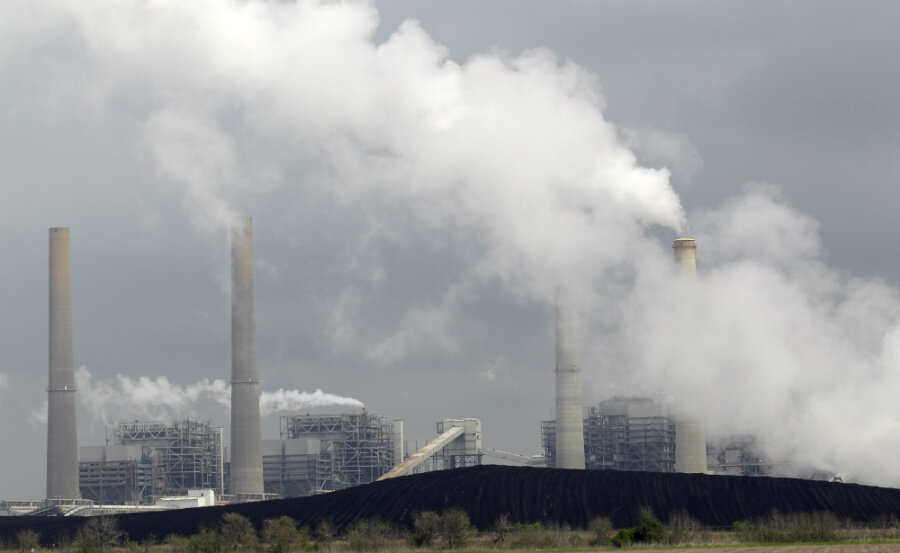Satellite imagery helps NASA find unreported sources of air pollution
Loading...
In parts of the Middle East, Russia, and Mexico, the air is more polluted by factories and power plants than previously thought.
NASA, in conjunction with Environment and Climate Change Canada and two independent universities – The University of Maryland, College Park and Dalhousie University in Halifax, Nova Scotia – has located 39 severe and unreported man-made sources of toxic sulfur dioxide emissions.
Sulfur dioxide (SO2), one of the six air pollutants regulated by the US Environmental Protection Agency – along with carbon monoxide, ground-level ozone, lead, nitrogen oxides, and particulate matter – is one of a group of highly reactive gases known as "oxides of sulfur," according to the EPA. The greatest contributor of SO2 emissions into the air comes from large-scale fossil fuel combustion, such as that at power plants and other industrial facilities. Lesser contributors include large-ships, locomotive engines, and nonroad equipment.
While reporting on SO2 emissions has been ground-based, gathered from statistics such as fuel usage, the most recent method developed by the collaboration of scientists utilized satellite imagery to locate massive and previously unreported or underreported contributors of SO2 into the air.
"When you look at a satellite picture of sulfur dioxide, you end up with it appearing as hotspots – bull's-eyes, in effect – which makes the estimates of emissions easier," said Chris McLinden, an atmospheric scientist with Environment and Climate Change Canada, as well as the primary author of the recently published study in Nature Geosciences. "We now have an independent measurement of these emission sources that does not rely on what was known or thought known."
Combined, the 39 unreported or underreported sulfur dioxide sources, which were found mostly in the Middle East and around the Persian Gulf – though also in parts of Russia and Mexico – contribute roughly 12 percent of all human-related SO2 emissions. That discrepancy can have a massive impact on regional air quality, according to Mr. McLinden.
Sulfur dioxide is a pungent, irritating chemical which is directly related and even considered a precursor to acid rain as well as greater percentages of atmospheric particulates – solid and liquid particles such as dust, smoke, pollen, etc. that are suspended in air. Coal and oil-burning power plants contribute a great deal of SO2 into the air; however until recently, reporting exact numbers of SO2 emissions was problematic due to a lack of monitoring capabilities.
Now, utilizing raw satellite observations from an instrument aboard NASA's Aura Spacecraft, scientists are able to view these "hotspots" over time and make precise estimates of SO2 concentrations. The scientists were also able to track sulfur dioxide wind dispersion by accurately estimating wind strength and direction based on satellite information and were able to trace SO2 back to their sources and calculate how much had been omitted over a period of time.
Along with the 39 man-based SO2 emission sites found by the team of scientists, they also discovered 75 sources of natural sulfur dioxide emissions, many of which are located in remote and unmonitored locations; sites such as nonactive volcanoes which slowly leak previously unmeasured amounts of SO2 into the air.
By utilizing these new techniques, scientists will be better able to monitor the amount of sulfur dioxide being emitted into the atmosphere – a potentially major environmental breakthrough.







